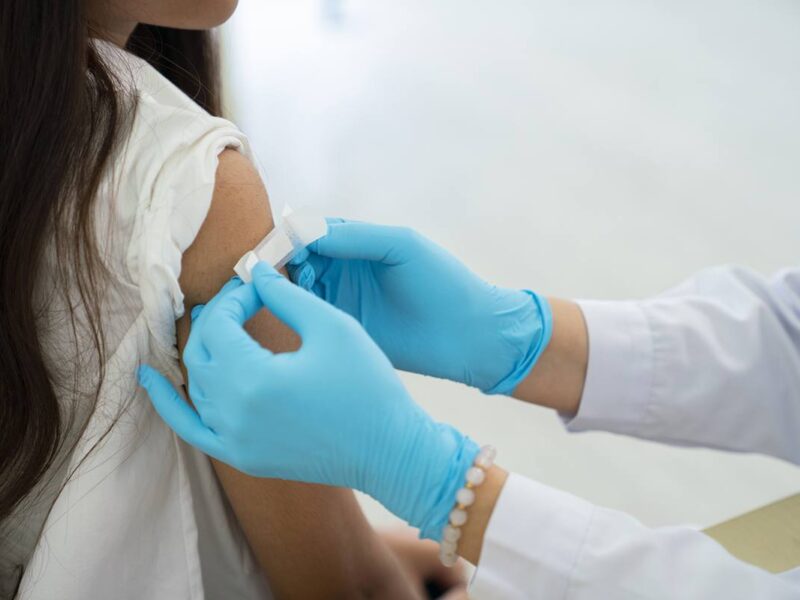County-Level Racial Attitudes Associated With COVID-19 Outcomes
U.S. counties with both large Black populations and high levels of racism have had more COVID-19 deaths than areas with similar demographics but less racism at the community level, according to new Texas A&M University research.
Higher levels of explicit and implicit racism are linked to a greater number of COVID-19 cases in Black communities, according to the study published in the journal PLOS One. The number of deaths also appears to be connected to the amount of implicit racial attitudes.
The Texas A&M study builds on previous research into health disparities and COVID-19 that focused on the racial attitudes of health care workers and other individuals. Lead researcher George B. Cunningham, professor of sport management in the Department of Health and Kinesiology in the College of Education & Human Development, notes that few studies have looked at how the attitudes of communities as a whole affect COVID-19 cases and deaths.
Cunningham and Assistant Professor Lisa T. Wigfall, who study diversity and health, compared health information to data about racism at the county level. They focused on two types of racial attitudes: Explicit, which are those that people consciously maintain, and implicit, which are automatic and unintentional responses.
“Explicit is how most people think of racism – you have a deliberate sort of negative attitude toward somebody, and use slurs or derogatory terms,” Cunningham said. “Whereas with implicit racism, there’s something triggered in your brain. It’s an automatic reaction. Most people who have implicit bias or racial attitudes toward groups think of themselves as fair-minded, but there’s a link in their brain that causes that automatic association.”
This was measured using information collected through Harvard University’s Project Implicit, which collects bias and prejudice data through an online assessment. The researchers ultimately had data for 817 counties in the U.S., or about 25 percent.
Other publicly available data sets accounted for cumulative COVID-19 deaths and cases from Jan. 22-Aug. 31, as well as factors that could impact the results such as the overall health of the community, health insurance, income and demographics.
Even after taking into account the health and demographics of a county’s residents, the researchers found that explicit and implicit racial attitudes were related to COVID-19 cases. Cunningham said the relationship between racism and COVID-19 cases was stronger in counties with a high percentage of Black residents. The study also found that implicit racial attitudes predicted COVID-19 deaths.
“Implicit racial attitudes can take on a shared property at the community level and effectively explain racial disparities,” they write in the study. “COVID-19 cases are highest when both the percent of Black county residents and implicit racial attitudes are high.”
They suggest that when captured at the aggregate level, racial attitudes “represent the bias of crowds and are emblematic of deeper biases embedded into systems within society.” County-level racial attitudes could give rise to racially biased societal arrangements in the areas of healthcare, business, education, criminal justice, religion and more, they write.
The results show that county-level racism is linked with COVID-19 health outcomes, and underscore the importance of recognizing racism as a public health issue, Cunningham said.
According to the Centers for Disease Control and Prevention, Black Americans are 1.4 times more likely than white Americans to become infected with COVID-19. They’re also almost four times more likely to require hospitalization, and die at a rate of almost three times that of white Americans.
“Our research is new, but that racism impacts health is not a new idea. So recognition of that is the first step,” Cunningham said. “Then, that means if that is the case, what we are doing in our communities that reinforce these racist systems or break them down? Those are discussions that public health people and community organizers need to wrestle with and tackle.”
Media contact: Caitlin Clark, caitlinclark@tamu.edu





